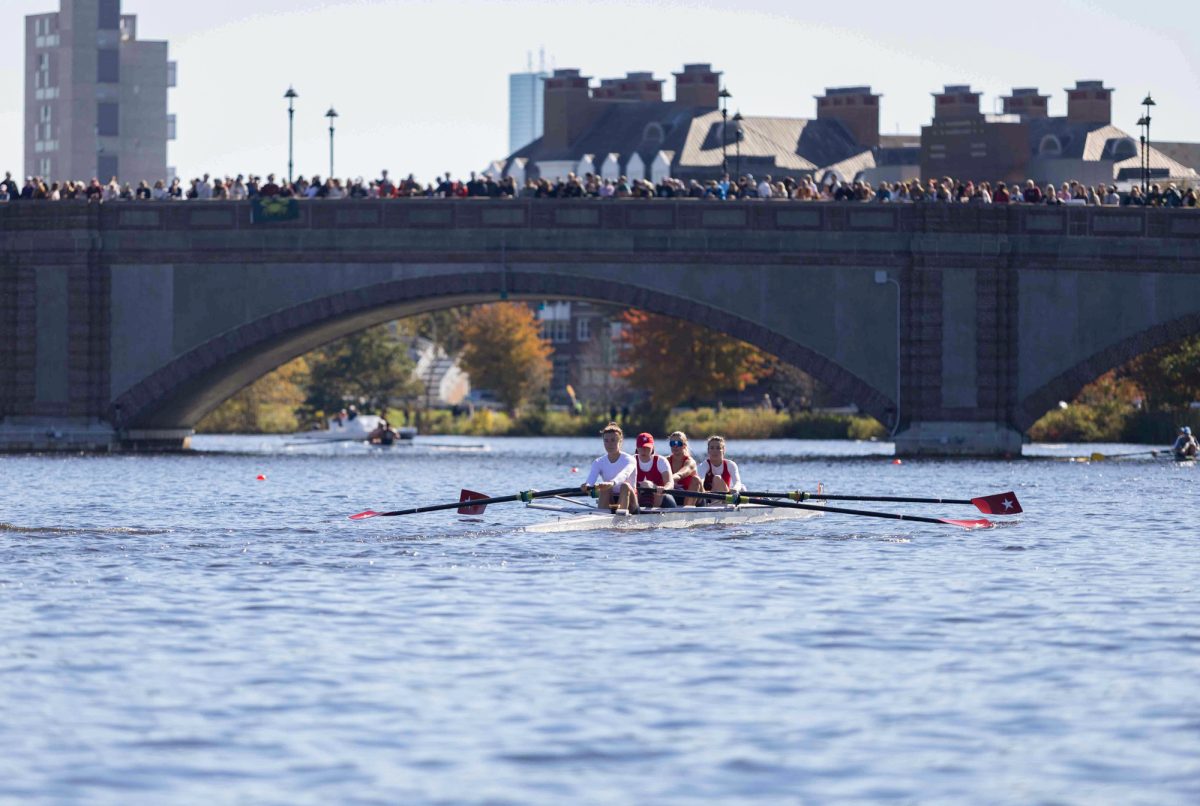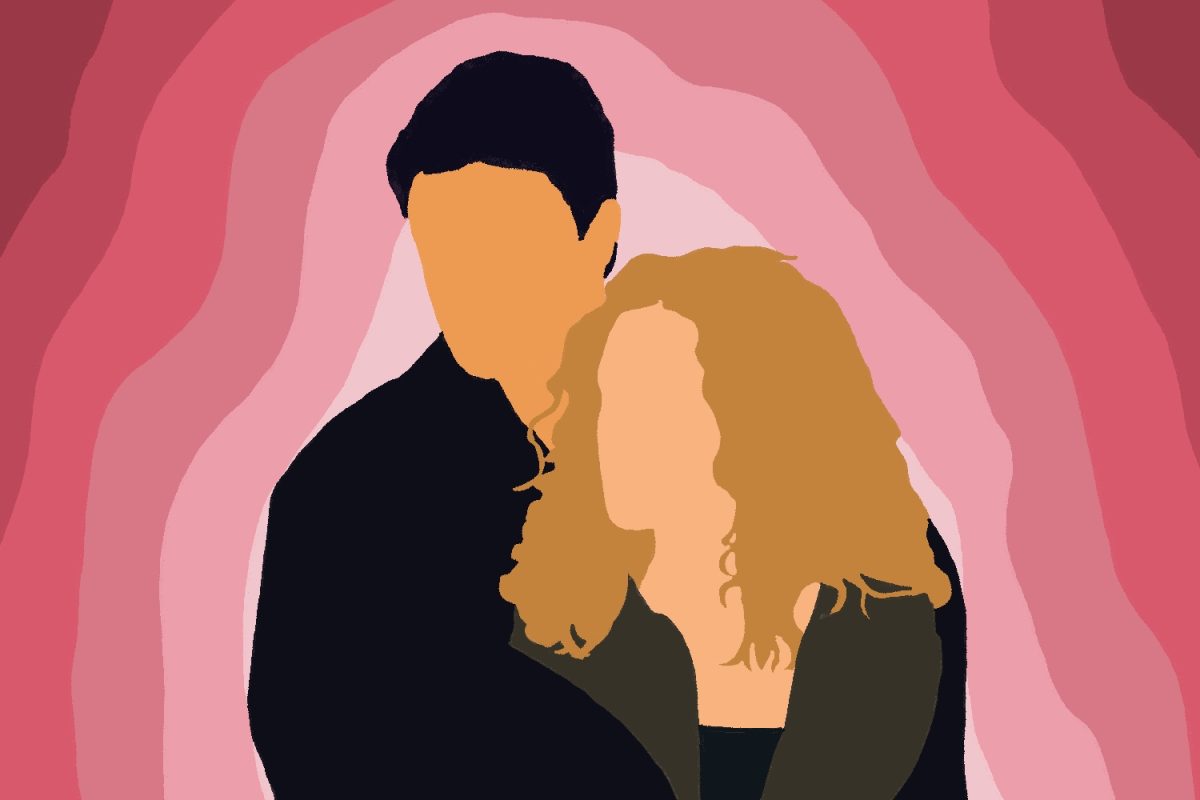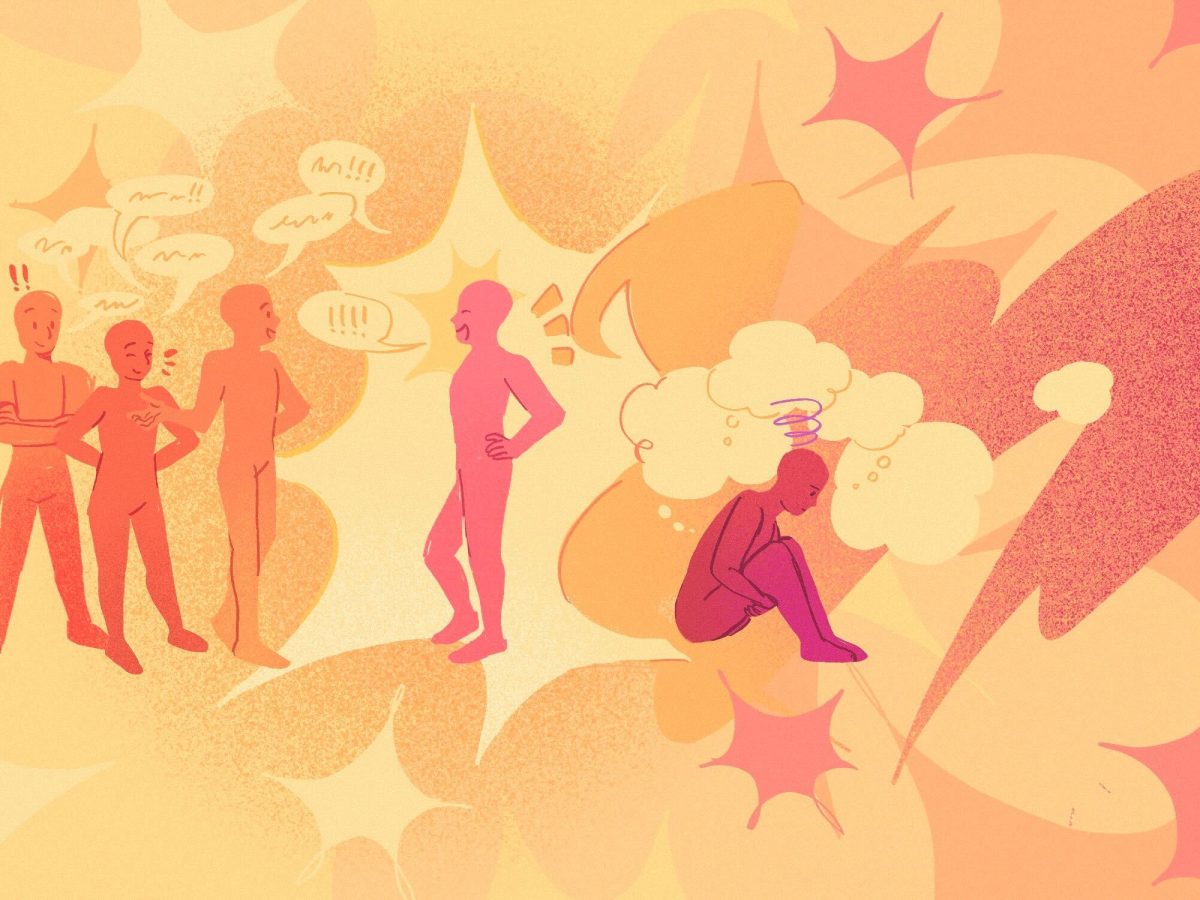On Monday, the United States Supreme Court decided not to hear an appeal in the case of Davenport v. American Atheists along with Utah Highway Patrol Association v. American Atheists, according to The New York Times. Both cases center around whether the placement of crosses on the side of Utah state highways in honor of fallen state troopers is a violation of the First Amendment.
According to The Times, the Utah Highway Patrol Association, a private group, donated the crosses, which were white and about 12 feet tall, The crosses, white and around 12 feet tall.
Although the court didn’t give a reason for rejecting the case, Justice Clarence Thomas issued a dissenting opinion in which he said the court had passed up an opportunity to “provide clarity to an establishment-clause jurisprudence in shambles,” The Times reported.
The other eight Supreme Court justices were completely right in denying the appeal of this case. As the crosses were donated by a private organization, it simply does not make sense that their presence alongside of a state highway is in any way a case of the government’s projection of religion onto those driving past. The crosses are not forcing Christian religious doctrine on anyone; they are merely meant to serve as memorials for those lost.
In fact, protesting the erection of these memorials seems somewhat offensive to those who serve as state troopers. Memorials and acts of remembrance should not be dragged through the mud that is an organization’s political agenda. These memorials should remain as remembrances of those lost, not torn down by a nation divided in petty squabbling about the First Amendment.
Moreover, we often see crosses or other statues erected on the side of interstate highways, and the vast majority of drivers do not perceive those as an imposition of religion by the federal government. Generally, a cross on the side of a highway does not send out a message that says, “Everyone must convert.” Rather, they tend to represent a memorial for the dead or an advertisement for a church. Should every cross or other religious symbol in a driver’s line of vision be considered an imposition of religion? The mere idea is preposterous, and the court was right to recognize this.
EDITOR’S NOTE: In an earlier version of this article, published in the Nov. 2 print edition, the first three paragraphs that provided background information were not attributed to an article in The New York Times on Oct. 31 titled “Justices Decline Case on Highway Crosses.” The editor was negligent in removing source material and attributing material she intended to have as attributed. We understand that this negligence amounts to plagiarism and is not in keeping with our editorial standards.


















































































































Zachary Bos • Nov 4, 2011 at 12:13 pm
It is important to note that the first three paragraphs of this editorial appear to have been plagiarized from a New York Times article; the newspaper’s retraction appears at https://dailyfreepress.com/2011/11/03/correction-58/.